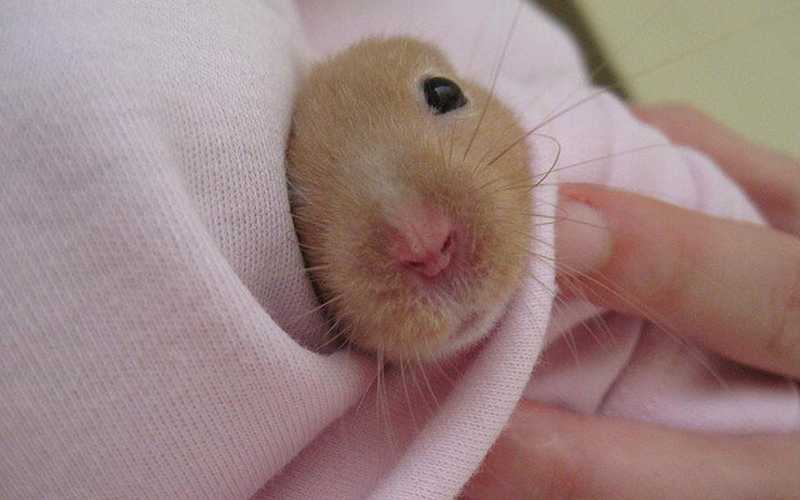hamsterhappy.co.uk is a participant in the Amazon Services LLC Associates Program and other affiliate advertising programs designed to provide a means for us to earn fees by linking to Amazon.com and affiliated sites. Affiliate links may be used on this page and in hamsterhappy.co.uk articles, but they do not impact on the price that you pay and they do help me to get this information to you for free. Read my privacy policy for more information regarding affiliates.
Unfortunately, as much as you may go to great lengths to ensure that your pet hamster is happy and healthy, some very unpleasant health conditions are unavoidable. For any animal owners, probably your worst nightmare is your pet getting cancer.
It’s sad to say, but cancer is quite common in hamsters and the older that they get, the more likely it is that they will struck by it.
What are the most common forms of hamster cancer?
When it comes to the cancers which occur most often in hamsters, it is tumours that they are most susceptible too. These irregular growths of cells manifest in organs or tissue and present in two types; benign and malignant. Benign tumours do not spread and are not cancerous, which is good news. Malignant tumours however are prone to spreading and are cancerous.
The positive news is that benign tumours are much more common in hamsters, occurring in an estimated 96% of cases, compared to malign tumours which only occur 4% of the time.
What do you need to look out for?
It is recommend that you regularly check your hamster for lumps that may not have been there before. Common areas for hamster tumours are in their lymph nodes, internal organs or in their mammary glands (female hammies). For this reason it is worth regularly picking up your hamster, making them comfortable and checking their belly, neck and armpits for swelling or growths. These lumps can look like worts. If you spot anything that looks out of the ordinary it is absolutely worth getting your vet to take a look and make a diagnosis as soon as possible. They may take a sample of the lump (a biopsy) to ascertain whether or not it is a tumour, and if so whether it is benign or malignant.
Besides checking your little friend for lumps, it is also worth being on the lookout for other symptoms. An imbalance in hormones can lead to a loss of hair and behaviour changes. You may notice your hamster eating less than normal or drinking more, they may also have an upset tummy with diarrhoea. If your hammie is acting differently to normal it may be worth contacting your vet to ask them for advice.
Is it worth operating on a hamster with cancer?
If you find yourself in the difficult situation where a biopsy reveals that your pet hamster does indeed have cancer, there are situations where surgery to remove a tumour may or may not be an option. If the tumour is on the outside of their body, there is a possibility that a vet may be able to surgically remove it. If the tumour is internal, you are left with fewer options.
Hamsters are so small that their internal organs are tiny, making them extremely difficult to access and operate on compared to other larger animals. If your vet is unable to operate, then unfortunately you may be left with some difficult decisions. If your pet is experiencing pain then it may be kindest to put the animal to sleep (euthanasia).



1 thought on “Hamster Cancer”